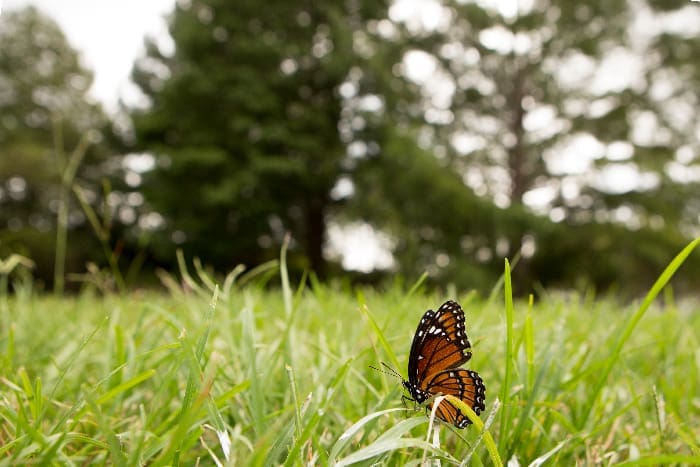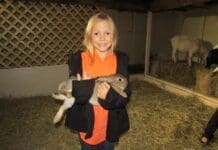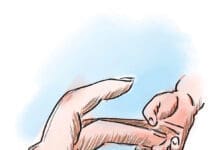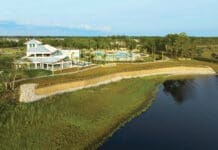By Lauren Goldsby
Fall is here and the cooler weather is following! This time of year makes us excited to be outside and start on projects that were just too hot to tackle in the summer. While the seasonal change energizes us, plants respond to fall in a different way. Even before we feel cooler temperatures, the shorter days signal to plants that winter is on its way. Plants rely on environmental cues like day length to trigger changes like dormancy and flowering. Plants can’t get up and go inside when it’s too cold outside. Instead, they have evolved complex processes to help protect themselves.
In the fall, many plants begin to slow their growth in preparation for winter dormancy. That slowdown is important to keep in mind when we think about how we care for our lawns and landscapes.

When plants aren’t actively growing, they simply don’t need as much fertilizer. Adding extra fertilizer in the fall won’t “save up” in the soil for spring growth. In fact, nutrients like nitrogen are highly mobile and can leach out of the soil into groundwater or nearby water bodies. Not only does this waste your time and money, but it also contributes to water quality problems like algae blooms. Applying fertilizer to your lawn too late in the season can even push grass to keep growing, leaving your lawn more vulnerable to cold injury.
Weed control also changes with the season. Herbicides work best on weeds that are actively growing – not those under stress from heat or drought. Wait for your lawn to be actively growing to apply most herbicides. Fall is actually the perfect time to think about pre-emergent herbicides for cool-season weeds. These products create a barrier that prevents weed seeds from sprouting. The timing is key: in North Florida, apply when nighttime temperatures are consistently between 55–60°F for several nights in a row, which is usually in early October. Why? These are the environmental conditions in which cool-season weeds will start to germinate and pre-emergent herbicides will be most effective. Always read and follow label instructions for best results.
Fall is a season of transition. Shorter days and cooler nights signal plants to prepare for dormancy, while gardeners can take advantage of the break from the heat to get outside and refresh their landscapes. By adjusting fertilizer and herbicide practices this time of year, you’ll set your lawn up for success in the spring!
An Equal Opportunity Institution. UF/IFAS Extension, University of Florida, Institute of Food and Agricultural Sciences, Andra Johnson, Dean. Single copies of UF/IFAS Extension publications (excluding 4-H and youth publications) are available free to Florida residents from county UF/IFAS Extension offices.





















































